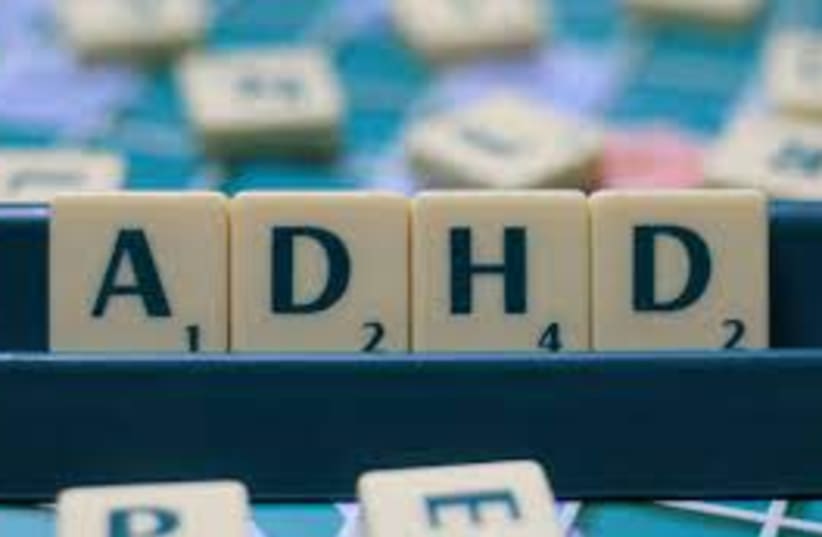In today’s digital age, where screens dominate much of our daily lives, the intersection of Attention Deficit Hyperactivity Disorder (ADHD) and technology addiction has become increasingly pertinent. ADHD, a neurodevelopmental disorder characterized by difficulties with attention, hyperactivity, and impulsivity, presents unique challenges when coupled with the omnipresence of technology. As individuals with ADHD often struggle with self-regulation and impulse control, they may be more susceptible to developing problematic relationships with technology. Understanding the risks associated with this intersection and implementing strategies to establish healthy boundaries is crucial for individuals, families, and society as a whole.
ADHD is a complex disorder that affects millions of individuals worldwide, with symptoms typically manifesting in childhood and persisting into adulthood. While the exact causes of ADHD remain unclear, a combination of genetic, environmental, and neurological factors is believed to contribute to its development. Individuals with ADHD often experience difficulties in various aspects of their lives, including academic and occupational functioning, social interactions, and emotional regulation.
One significant challenge for individuals with ADHD is managing distractions, which can be exacerbated by the constant influx of stimuli from technology. With smartphones, social media platforms, video games, and other digital distractions readily available, individuals with ADHD may find it challenging to maintain focus and resist the urge to engage in impulsive behaviors. Moreover, the instant gratification provided by technology can be particularly appealing to individuals with ADHD, leading to excessive use and potential addiction.
Technology addiction, often referred to as internet addiction or problematic internet use, is a growing concern in today’s society. It can manifest in various forms, including excessive gaming, social media use, online shopping, and compulsive web browsing. Research has shown that individuals with ADHD may be at a higher risk of developing technology addiction due to shared underlying neurobiological mechanisms, such as impaired executive functions and reward processing.
The relationship between ADHD and technology addiction is bidirectional, with each influencing the other in a complex interplay. On one hand, technology can serve as a double-edged sword for individuals with ADHD, offering both benefits and pitfalls. For instance, certain technological tools and apps designed to improve productivity, organization, and time management can be valuable resources for individuals with ADHD. These tools can help individuals stay organized, set reminders, and break tasks into manageable chunks, thereby mitigating some of the challenges associated with ADHD.
However, the same technology that offers these benefits can also contribute to distraction and procrastination if not used mindfully. The constant notifications, alerts, and temptations of the digital world can derail even the most well-intentioned efforts to stay focused. Moreover, the dopamine-driven feedback loops embedded within many digital platforms can be particularly alluring to individuals with ADHD, leading to excessive and compulsive use.
Conversely, individuals with ADHD may be more susceptible to developing technology addiction as a means of coping with their symptoms. The novelty, stimulation, and immediate rewards provided by technology can temporarily alleviate feelings of boredom, restlessness, or low arousal commonly experienced by individuals with ADHD. However, this reliance on technology as a coping mechanism can perpetuate a cycle of dependence and exacerbate underlying symptoms of ADHD in the long run.
Recognizing the risks associated with the intersection of ADHD and technology addiction is the first step toward implementing effective interventions and establishing healthy boundaries. Both individuals with ADHD and their caregivers or support networks play crucial roles in mitigating these risks and promoting balanced technology use.
For individuals with ADHD, self-awareness and self-regulation are essential skills to develop. Becoming mindful of one’s technology use patterns, identifying triggers for impulsive behavior, and implementing strategies to manage distractions can help individuals regain control over their digital habits. Techniques such as setting specific time limits for screen time, using productivity apps to structure tasks, and practicing mindfulness or relaxation techniques can be beneficial in this regard.
Additionally, seeking professional support from therapists, counselors, or ADHD coaches can provide individuals with ADHD the tools and strategies they need to navigate the challenges of technology addiction. Cognitive-behavioral therapy (CBT), mindfulness-based interventions, and psychoeducation about ADHD and technology use can empower individuals to make informed decisions and cultivate healthier habits.
For parents, educators, and caregivers of individuals with ADHD, creating a supportive environment that encourages positive behavior and reinforces healthy habits is crucial. This includes setting clear expectations and boundaries around technology use, modeling balanced screen time habits, and providing alternative activities that promote engagement, creativity, and social connection offline.
Furthermore, fostering open communication and maintaining ongoing dialogue about technology use and its impact on well-being can help individuals with ADHD feel understood and supported. Collaborating with mental health professionals, educators, and other stakeholders can also ensure comprehensive support and intervention strategies tailored to the individual’s unique needs.
On a broader societal level, raising awareness about the risks of technology addiction and advocating for policies and regulations that promote responsible technology use are essential steps toward addressing this issue. Educating parents, teachers, healthcare professionals, and policymakers about the intersection of ADHD and technology addiction can help destigmatize ADHD and facilitate access to resources and support services for those in need.
In conclusion,
The intersection of ADHD and technology addiction poses significant challenges for individuals, families, and society as a whole. By recognizing the risks associated with this intersection and implementing strategies to establish healthy boundaries, we can empower individuals with ADHD to navigate the digital world mindfully and lead fulfilling lives. Through collaborative efforts involving individuals, caregivers, educators, healthcare professionals, and policymakers, we can create a supportive and inclusive environment that promotes holistic well-being and empowers individuals with ADHD to thrive in the digital age.






